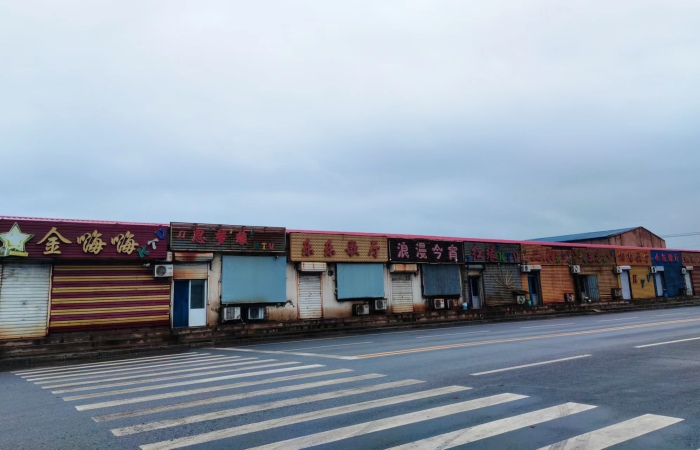China has shut down or changed the status of 90 percent of small independent pits but many remain, operating in the same way as ever.

Photo by Hou Ruining
By HOU Ruining
An explosion in a coal mine exploded in Shaanxi Province on August 29, killing 11 miners and injuring another 11. The explosion in Liaoning Province only two months ago killed seven mine workers. In February, 53 people perished in the worst opencast mining disaster in the history of China.
China has cut coal mining fatalities from 7,000 in 2002 to 245 in 2022. But driven by high demand and rising profits, many mines have been operating near full capacity despite lax safety standards. In some provinces, the government has put pressure on producers to ensure supplies.
Almost all the mines that had fatal accidents last year produce less than 1 million tons a year. There are only about 1,000 such small producers in China, down from over 10,000 twenty years ago and account for only 2 percent of the coal mining capacity of the country.
The 2000s was a golden era for China’s coal industry. Growth drove up energy demand, which, combined with the cancelation of price control, sent prices soaring. A ton of coal cost 170 yuan in 2002 the price is now over 800 yuan per ton.
Small coal mines produced between 30 to 40 percent of China’s coal 20 years ago. It was very easy to open a coal mine. There were many unexploited shallow seams. Regulations were lax.
ZHAO Qiang invested in a small coal mine in 2006. He remembers that period as a time for easy money. “Mines could be bought and sold by individual owners. I know a person who bought a mine for 10 million yuan and flipped it for 100 million, in a matter of weeks!” he said.
By 2008, the country was producing 2.7 billion tons of coal a year. More than a third of it was from the kind of operations that Zhao described. They were often the biggest employers in a city and major contributors to the local economy. When Jiemian News visited Fuxin, the town where the June accident happened, a resident pointed to a now deserted street and said it was lined with karaoke salons during the good times.

Safety standards were lax in small mines if they existed at all. The death toll reached 7,000 in 2002, as production jumped by 20 percent. By 2008, the country still had an estimated 14,000 small mines, with fatalities eight times more than in larger ones. That year, more than 3,000 miners were killed.
Changes started around 2008. In Shanxi, the biggest coal-producing province, about 1,500 of its over 2,600 shafts were shut down. By 2010, the province had cut the number of producers from 2,200 to 130, eighteen of which had a capacity of over 10 million tons a year. The average annual capacity went up from 330,000 tons to 1.2 million tons.
Similar action was taken elsewhere and the State Council asked provinces to increase the pace of coal mine consolidation.
The market also accelerated consolidation. Global energy demand sagged after the financial crisis. China’s economy went from expanding at nearly 10 percent a year to single-digit growth. In 2014, coal production declined for the first time since 2000. In the same year, over 70 percent of mines were unprofitable.
Zhao said almost everyone around him was losing money. “I lost 500,000 yuan. That was already lucky. I know many people who lost a lot more. Some lost everything,” he said.
Supply far outstripped demand. In 2016, the government told the industry to cut 500 million tons of capacity which took only a year. Production stabilized. Profits were restored.
But there were still thousands of unprofitable, polluting, and unsafe small mines around the country. By some estimates, 3,200 mines were operating at below 300,000 tons a year in 2017.

From 2020 to 2021, the theme of the energy industry was to phase out dirty coal. The movement came to a halt as energy supply became tight in late 2021. In some cities, power had to be rationed. Coal plants were turned back on.
The shortage worsened with the eruption of the war in Ukraine. In regular State Council meetings, “removing excess capacity” became “guaranteeing coal supply.”
As the coal industry ramped up production, small mines were expanding at least as fast as large ones.
Almost all the small mines that are still operating are in the poorer north, and they are still important to the local economy. But some argue that even those should be phased out since they cannot maintain their current capacity and have been unable to achieve economies of scale.
As of last year, there are 4,400 mines around the country, 1200 of which produce more than 1.2 million tons a year. They contribute to 85 percent of the total production. The share is only going up as the country gradually switches to green energy.